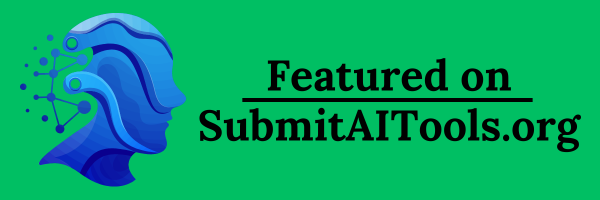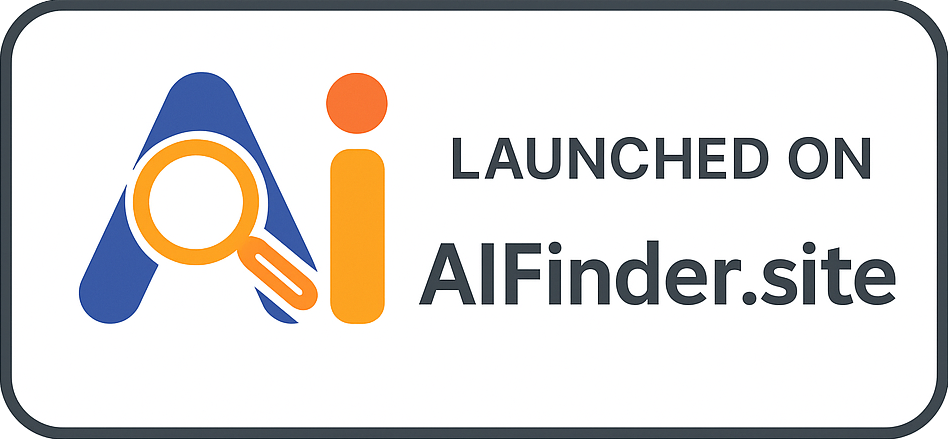Traditional Marketing vs Digital Marketing
Traditional Marketing refers to conventional methods of promotion, such as print ads, billboards, and TV commercials, while Digital Marketing encompasses online strategies, including social media, email, and search engine optimization.
Frequently Asked Questions
What is Traditional Marketing?
Traditional Marketing includes offline marketing methods that have been used for decades, such as print advertisements, television commercials, radio promotions, and direct mail campaigns. Its focus is on reaching broad audiences through tangible media.
What is Digital Marketing?
Digital Marketing involves online strategies and techniques used to promote products or services through digital channels. This includes social media marketing, content marketing, email marketing, and search engine optimization, allowing for targeted, data-driven campaigns.
When should Traditional Marketing be used?
Traditional Marketing can be effective for local businesses targeting older demographics or for campaigns with large geographic reach. It is often beneficial for establishing brand presence in specific regions or during significant events.
When should Digital Marketing be used?
Digital Marketing is essential in today's marketplace due to its ability to target specific audiences, track performance in real-time, and adjust campaigns quickly. It is ideal for reaching younger demographics and increasing engagement.
Why is the distinction between Traditional and Digital Marketing important?
Understanding the difference allows businesses to allocate resources effectively. Combining both strategies can maximize reach and impact, catering to diverse audiences and preferences in the rapidly evolving market landscape.
Key Takeaways
In the age of rapid technological advancement, recognizing the strengths and limitations of Traditional and Digital Marketing is crucial for successful campaigns. By integrating both approaches, brands can effectively engage diverse audiences and achieve comprehensive marketing goals.
Hot Glossary Terms
Influencer Marketing
Influencer Marketing is a strategy that leverages the influence of individuals with large followings on social media to promote products or services, aiming to reach a targeted audience effectively.
Social Media Marketing
Social Media Marketing refers to the use of social media platforms and websites to promote a product or service, encouraging user engagement and brand awareness through content creation and sharing.
Content Strategy
Content Strategy is a comprehensive plan aimed at creating, publishing, and managing high-quality content to achieve business goals and enhance user engagement.
Brand Partnerships
Brand Partnerships refer to collaborative relationships between two or more brands or influencers aimed at promoting mutual interests and achieving shared goals through combined marketing efforts.
Engagement Rate
Engagement Rate is a key performance metric in social media and influencer marketing that measures the level of interaction and engagement a piece of content receives from its audience.
Related Terms
Digital Asset Management
Digital Asset Management (DAM) refers to the systematic organization, storage, and distribution of digital assets such as images, videos, audio files, and documents, enabling brands to efficiently manage their content libraries.
Affiliate Marketing
Affiliate Marketing is a performance-based marketing strategy where businesses reward affiliates for driving traffic or sales through the affiliate's marketing efforts.
Affiliate Data Feed
An Affiliate Data Feed is a structured file that contains product information that affiliates can use to promote products and services across various platforms, helping brands to increase their reach and sales.
Affiliate Marketing Statistics
Affiliate Marketing Statistics provide essential insights into the performance, trends, and effectiveness of affiliate marketing strategies, aiding marketers and businesses in making informed decisions.
Guidelines
Guidelines in influencer marketing refer to the set of best practices and recommendations that brands and influencers should follow to ensure effective collaboration, clear communication, and compliance with legal regulations.







